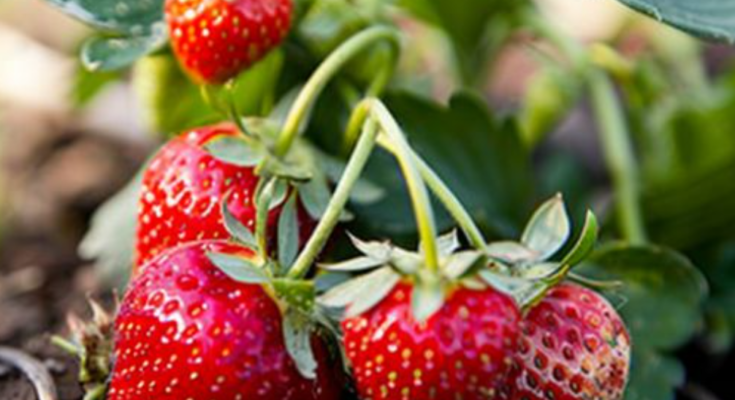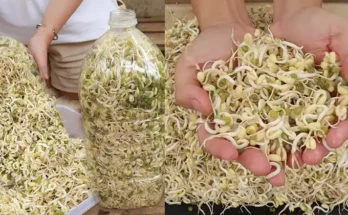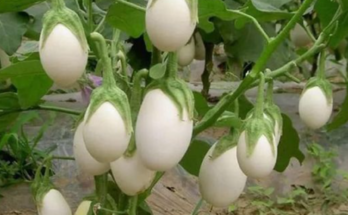Strawberries are a beloved fruit, known for their delicious sweetness and versatility in numerous recipes. Planting a thriving strawberry patch can be immensely rewarding, providing a bountiful harvest year after year. Whether you have a small garden or a larger plot, learning how to establish and care for strawberry plants can lead to decades of fruitful enjoyment.
This article offers a step-by-step guide on cultivating a strawberry patch that will yield hearty, flavorful berries for years to come. Understanding and implementing these steps can transform your garden into a perennial source of fresh strawberries, enhancing your culinary pursuits and providing pleasure to family and friends.
1. Choose the Right Strawberry Variety
Selecting the appropriate strawberry variety for your climate and soil type is crucial. June-bearing, everbearing, and day-neutral are popular variations, each with unique growing characteristics. Research and choose accordingly to set the foundation for a thriving patch.
2. Find the Perfect Location
Strawberries need a sunny spot with at least 6-8 hours of direct sunlight daily. Ensure the location has good air circulation to prevent disease and is away from other plants that can overshadow your strawberries.
3. Prepare the Soil
Strawberries prefer well-drained, slightly acidic soil with a pH between 5.5 and 6.
8. Amend your garden bed with organic matter like compost or aged manure to enhance soil structure and fertility.
4. Plant at the Right Time
Plant strawberries in early spring, after the last frost date for your area. If you’re in a warmer climate, consider late fall planting. Space plants 18-24 inches apart in rows, ensuring crowns are just above the soil surface.
5. Incorporate Mulching
Mulching with straw or pine needles helps retain moisture, suppress weeds, and protect plants from extreme temperatures. Replenish the mulch layer as needed to maintain its effectiveness.
6. Water Appropriately
Strawberries require consistent moisture, especially during fruiting. Water deeply once a week, ensuring even coverage without waterlogging. Drip irrigation can be an effective method to provide steady moisture.
7. Fertilize Wisely
Use a balanced fertilizer or one specifically formulated for strawberries. Apply before planting and then annually in the early spring. Avoid over-fertilization, which can lead to lush foliage and poor fruit production.
8. Prune and Renovate Annually
After the harvest, prune out old leaves and any runners. Thin the crowns every three years to prevent overcrowding and encourage vigorous growth. This renovation helps sustain the plants’ health and productivity.
9. Protect from Pests and Diseases
Use organic or chemical controls to manage common pests like slugs, aphids, and birds. Practice crop rotation and proper sanitation to minimize disease risks such as powdery mildew and verticillium wilt.
10. Harvest Properly
Pick strawberries when they are fully red and ripe. Regularly harvesting every few days encourages ongoing fruit production. Handle berries gently to prevent bruising and consume or process them shortly after picking.
By following these ten essential steps, you can develop a strawberry patch that not only thrives but also brings joy and delicious fruit for decades to come. Happy gardening!



